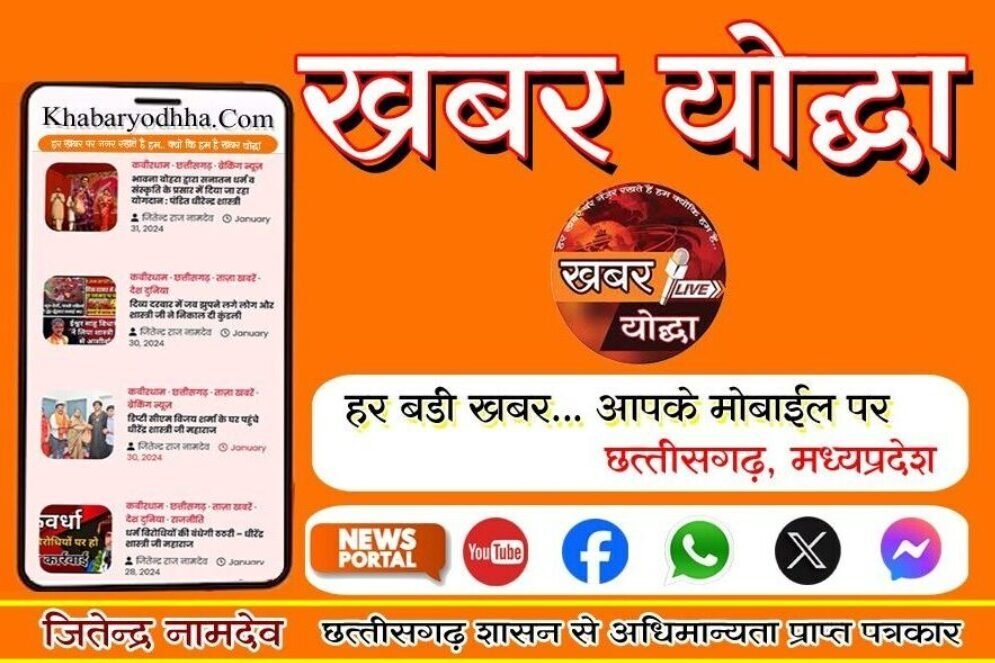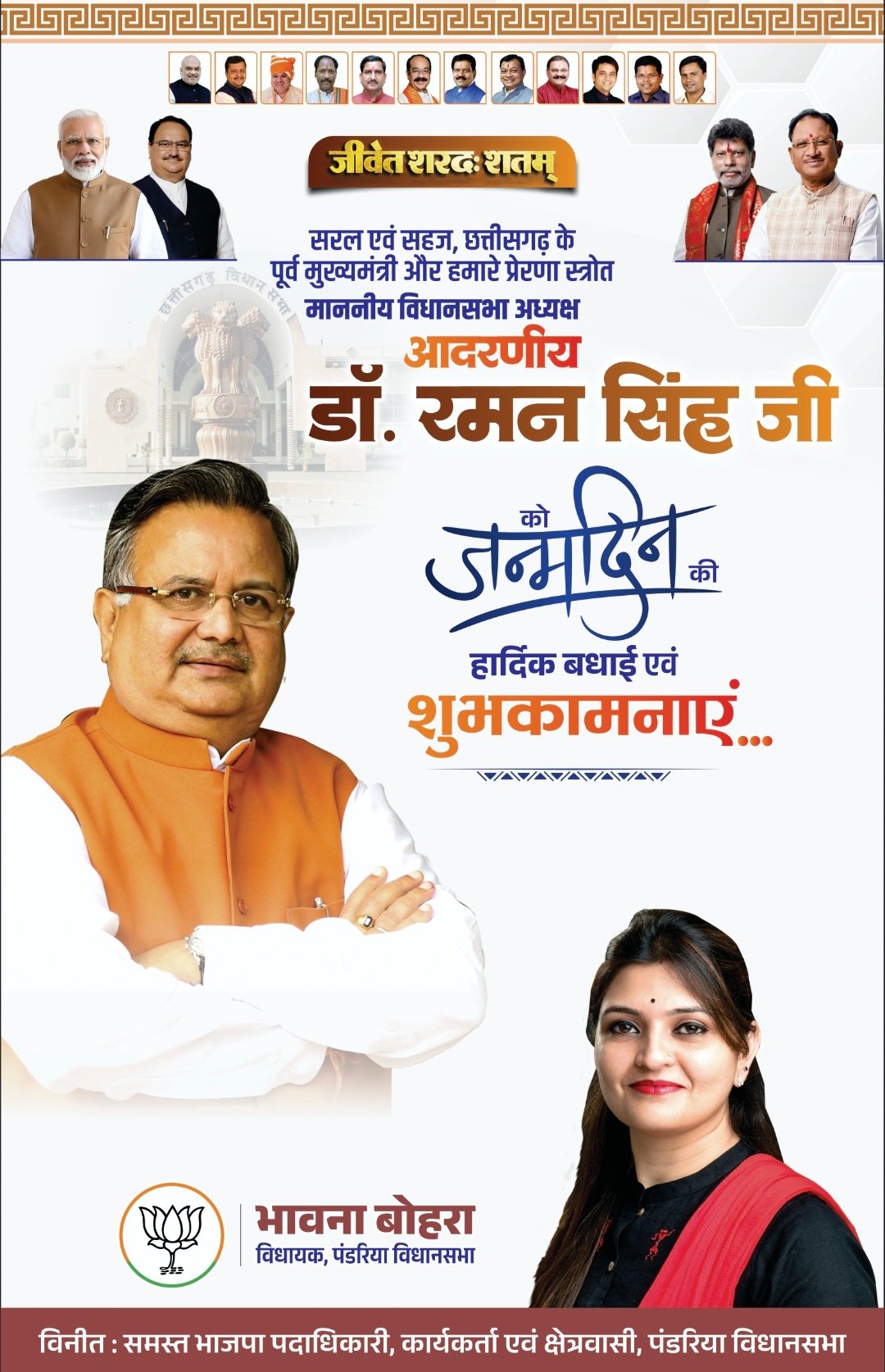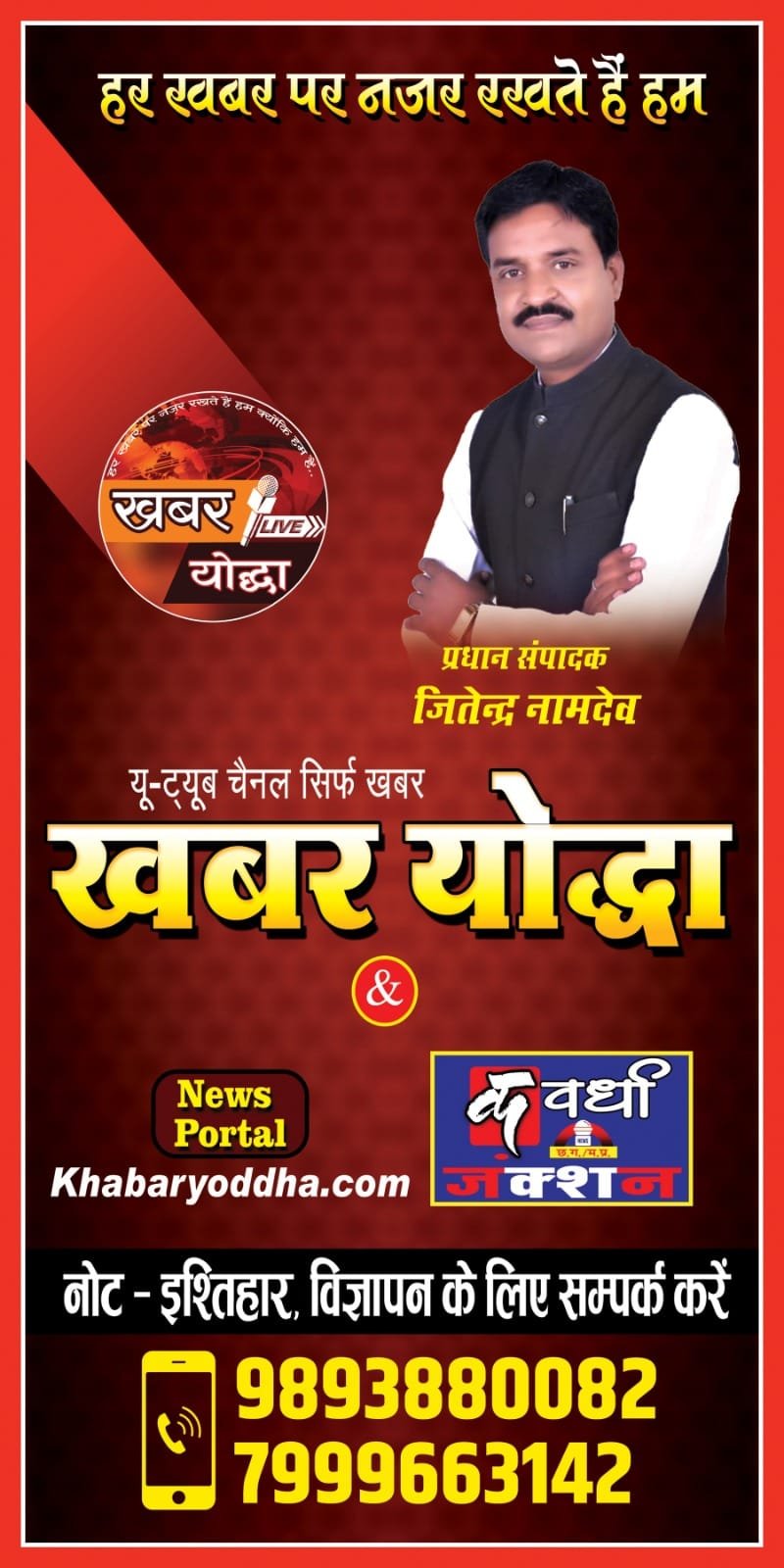The archetype of the Trickster has long served as a vital narrative device across diverse cultures, embodying qualities of mischief, wit, and subversion. As storytelling mediums have evolved—shifting from oral traditions and mythologies to modern digital platforms—the depiction of trickster characters has undergone significant transformation. Exploring this evolution not only reveals the enduring appeal of the archetype but also highlights how contemporary contexts shape its reinterpretation. For those interested in foundational insights, visiting The Trickster Archetype in Modern Games and Media provides valuable background on the archetype’s role in current media landscapes.
1. Historical Shifts in Trickster Representation
a. From mythological figures to literary characters
Initially, trickster figures appeared prominently in mythologies around the world—examples include Loki in Norse myths, Anansi in West African folklore, and Coyote in Native American traditions. These characters often played the role of catalysts for change, embodying chaos and creativity. As storytelling evolved, authors and playwrights adapted these archetypes into literary characters, such as Shakespeare’s Puck in A Midsummer Night’s Dream, blending folklore traits with complex human motives. This transition marked a crucial step in integrating trickster traits into more structured narrative forms, allowing for nuanced character development.
b. The influence of societal changes on trickster traits
Social shifts—such as the Enlightenment, industrialization, and digital revolution—have continually reshaped the trickster’s role. During the Enlightenment, tricksters often embodied skepticism towards authority and tradition, exemplified by figures like Don Juan or the mischievous alchemist. The 20th century saw tricksters reflecting societal tensions, from Marxist satire to countercultural icons. In contemporary times, tricksters increasingly mirror societal anxieties around technology, privacy, and identity, emphasizing their adaptability as mirrors of societal values and conflicts.
c. Key examples illustrating transformation over eras
| Era | Representative Trickster | Traits & Context |
|---|---|---|
| Ancient Mythology | Loki | Deceiver, chaos bringer, catalyst for divine change |
| Renaissance & Early Modern | Puck | Mischievous, playful, intertwined with human folly |
| Contemporary Media | Loki (Marvel Cinematic Universe) | Complex antihero, morally ambiguous, reflective of modern identity issues |
2. The Role of Media Technologies in Shaping Trickster Characters
a. Impact of cinema, animation, and digital media on trickster storytelling
The advent of cinema and animation has expanded trickster narratives from static texts to dynamic, visual spectacles. Films like Aladdin and The Mask showcase trickster figures whose personality and actions are amplified through visual effects, voice acting, and cinematic storytelling techniques. Digital media further enables the proliferation of trickster characters—video games, web series, and social media platforms allow creators to craft multi-dimensional tricksters that evolve based on audience interaction, blurring the line between character and user.
b. Interactivity and audience engagement transforming trickster archetypes
Interactive media—especially video games—redefine the trickster archetype by empowering players to embody or influence these characters. Titles like Disco Elysium and Hades feature trickster-like protagonists whose choices challenge traditional moral frameworks and narrative predictability. Social media also fosters trickster personas—such as internet trolls or meme creators—whose unpredictability and engagement strategies exemplify modern reinterpretations of the archetype.
c. New formats enabling complex, multi-layered trickster figures
Emerging formats like virtual reality (VR) and augmented reality (AR) facilitate immersive trickster experiences. For example, AR-based games or VR narratives can place users directly within trickster worlds, allowing for nuanced interactions that reflect psychological depth and cultural complexity. These formats support tricksters that are no longer mere caricatures but become multi-layered entities embodying societal tensions and individual contradictions.
3. Subversion and Reinvention: How Tricksters Adapt to Contemporary Themes
a. Tricksters reflecting modern societal issues (e.g., technology, identity)
Modern tricksters often serve as allegories for pressing societal issues. For instance, characters like the hacker in Mr. Robot embody the trickster’s traits of cunning and rebellion against authority, highlighting themes of privacy, surveillance, and digital identity. Similarly, in literature and film, tricksters challenge norms related to gender, race, and social justice, acting as catalysts for dialogue and change.
b. Reimagining tricksters as antiheroes or complex protagonists
Contemporary narratives often depict tricksters as antiheroes—ambiguous figures whose motives are complex and whose actions may be morally questionable. Examples include Deadpool in comics and movies or the character of Walter White in Breaking Bad. These reinterpretations deepen the archetype’s psychological depth, making tricksters more relatable and reflective of real-world human duality.
c. Cross-cultural influences blending traditional and new trickster traits
Globalization and media convergence foster cross-cultural trickster figures that combine traits from different traditions. For example, Disney’s Moana features Maui, a demigod with trickster qualities drawn from Polynesian mythology, blended with modern storytelling sensibilities. Such hybrid characters exemplify the fluidity of the archetype, enriching it with multifaceted cultural symbolism.
4. The Psychological and Cultural Depth of Modern Tricksters
a. Tricksters as symbolic representations of human duality
Modern tricksters often symbolize the dual nature of human psyche—balancing rationality and impulsiveness. Carl Jung’s concept of the shadow aligns with trickster traits, revealing suppressed aspects of the self. In narratives, tricksters challenge protagonists to confront their inner contradictions, fostering self-awareness and growth.
b. The trickster’s role in challenging norms and inspiring innovation
By disrupting conventional structures, tricksters inspire creative thinking and societal progress. Historical figures like Benjamin Franklin or Leonardo da Vinci embody this spirit, blending mischievous ingenuity with groundbreaking ideas. Contemporary tricksters in tech and arts continue this tradition, pushing boundaries and fostering innovation.
c. Case studies of contemporary tricksters embodying societal tensions
- Mr. Robot’s hacker character—symbolizing rebellion against corporate control and surveillance
- Deadpool—challenging moral and social norms through humor and irreverence
- Internet meme creators—using satire to critique politics, culture, and technology
5. Non-Obvious Dimensions: Trickster Characters as Agents of Change in Narratives
a. Tricksters disrupting narrative conventions and genre boundaries
In recent years, tricksters have become key agents in subverting traditional storytelling formats. Films like Inception and Parasite employ trickster-like characters to challenge genre expectations, blending elements of comedy, thriller, and drama. This disruption encourages audiences to rethink narrative structures and moral frameworks.
b. Their function in catalyzing character development and plot twists
Tricksters often serve as catalysts for transformation, catalyzing plot twists and deepening character arcs. Their unpredictable nature compels protagonists to adapt, confront inner conflicts, and evolve—highlighted in stories like Breaking Bad or Game of Thrones. This dynamic emphasizes the trickster’s role as a vital narrative engine.
c. The trickster’s influence on reader/viewer perception and moral ambiguity
Modern tricksters challenge audiences to question moral absolutes, fostering critical thinking and reflection. Their morally complex actions generate ambiguity, making stories more realistic and engaging. This aligns with research showing that morally grey characters increase emotional investment and cognitive engagement.
6. The Future Trajectory of Trickster Characters in Storytelling
a. Emerging trends driven by technological advancements (e.g., AI, VR)
Artificial Intelligence and Virtual Reality are poised to redefine trickster storytelling. AI-driven characters can adapt dynamically to user interactions, creating personalized trickster experiences that evolve over time. VR allows immersive encounters, making tricksters feel tangibly present and emotionally impactful. These technologies enable the creation of trickster figures that are more ethically nuanced and psychologically complex.
b. Potential for more nuanced and ethically complex trickster figures
As societal values shift toward greater complexity, tricksters are increasingly portrayed as morally ambiguous entities—neither purely good nor evil. This trend promotes narratives that explore ethical dilemmas and human contradictions, fostering empathy and deeper understanding.
c. How storytelling platforms will further evolve the archetype
Platforms like interactive streaming, AR-enhanced storytelling, and AI-generated narratives will enable more participatory and personalized trickster tales. Future stories may feature tricksters that adapt to individual audience preferences, blurring the boundaries between creator and consumer, and ensuring the archetype remains relevant in an ever-changing media landscape.
7. Bridging Back: Connecting Modern Trickster Evolution to the Parent Theme
a. Reflection on how contemporary adaptations deepen the archetype’s significance
Contemporary tricksters exemplify how the archetype continues to serve as a mirror for societal and psychological complexities. Their evolution from mythological figures to multi-dimensional characters demonstrates the archetype’s adaptability and enduring relevance. Modern tricksters act as catalysts for change, reflection, and innovation, enriching storytelling with layers of meaning.
b. The ongoing relevance of trickster figures in media and gaming contexts
As media platforms diversify, tricksters remain central to narratives that challenge conventions, inspire creativity, and explore moral ambiguity. In gaming, for example, characters like Jester archetypes or unpredictable AI entities push players to consider ethical choices and question reality itself. Their continued presence underscores their importance as agents of narrative evolution.
c. Final thoughts on the enduring power and transformation of the trickster archetype
The trickster archetype’s capacity to adapt across eras, mediums, and cultural contexts affirms its status as a fundamental storytelling element. Its power lies in its ability to challenge norms, provoke thought, and inspire innovation—traits that ensure its relevance for generations to come. As technology continues to advance, so too will the ways in which trickster characters enchant and challenge audiences worldwide.





